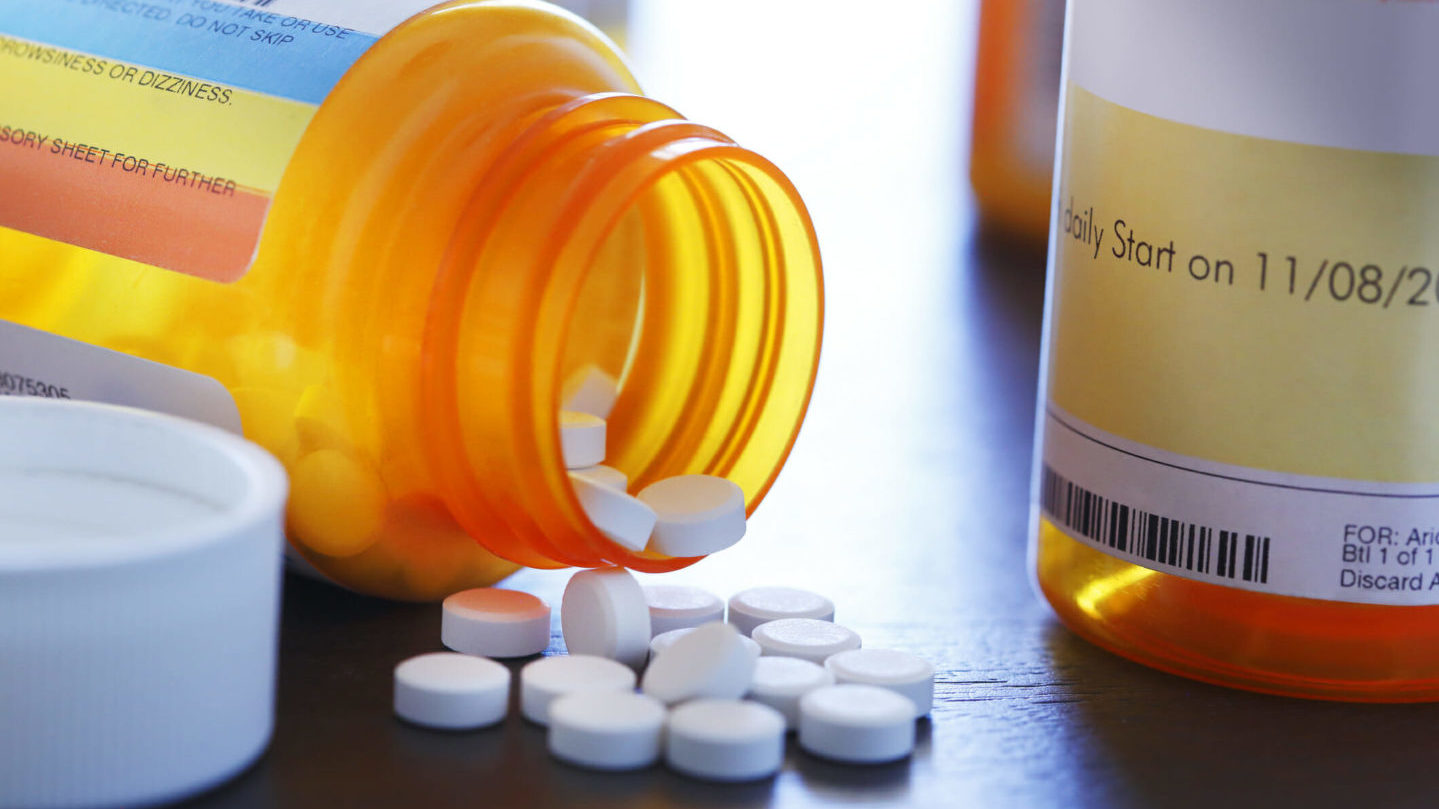
Paxlovid, an oral drug that treats COVID-19, will begin to enter the commercial market starting next month. At the same time, the US federal government is making sure that the country has enough supply, and that people can access the medication.
The US has managed distribution of Paxlovid since the drug came on the market. Recently, the US Department of Health and Human Services (HHS), announced a deal with Paxlovid manufacturer Pfizer. The agreement will make sure that people on Medicare, Medicaid and those who are uninsured can still get Paxlovid free from the HHS through the end of 2024 (by using a patient assistance program).
From 2025 to 2028, Pfizer will continue a patient assistance program for Paxlovid for individuals who are uninsured or underinsured. Pfizer will also offer a copay assistance program for individuals with commercial insurance through 2028. The drug company also will ensure Paxlovid is available and hasn’t expired through 2028. The inventory will include any new formulations of Paxlovid authorized or approved for use in the US.
The deal forms a stockpile for future emergencies.
“HHS will ensure a smooth and predictable transition to the commercial market over the next few months while prioritizing and reserving our HHS-procured treatment courses for people with Medicare and Medicaid, and for those who are uninsured,” the department wrote in a statement. “During this transition to commercial distribution, Paxlovid will remain available for ordering from HHS through December 15, 2023.”
The federal government paid about $530 per course of Paxlovid. That discounted price will likely go up once the medication is available commercially. Pfizer did not share the expected price and said they would negotiate it with healthcare payers.
The news comes as a study presented at IDWeek 2023 found that the drug can reduce long COVID in patients who are 50 years of age and above. There were mixed results in younger people; namely in younger adults ages 18 to 49 and adolescents ages 12 to 17.



